Last time you planned a hike in a park, did you look on the park’s website for information on the trail’s slope and surface?
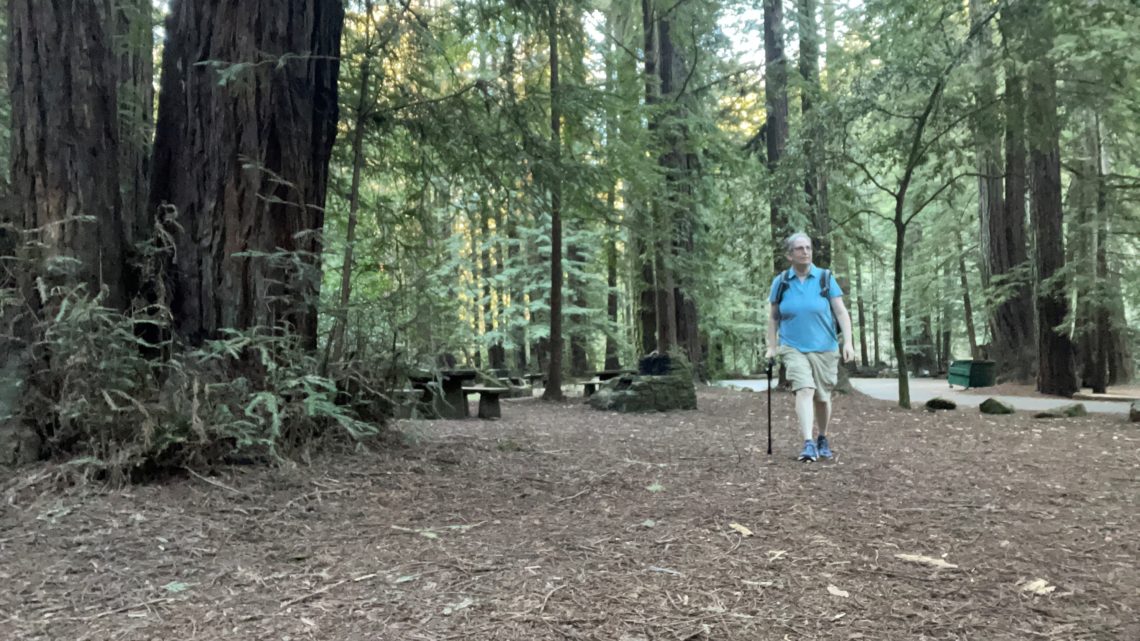
When you hiked, did you notice the number of benches along the way? If you’re not a person who uses mobility aids, chances are your answer is no because you don’t have to think about these characteristics. For those of us who use aids such as canes and wheelchairs, such information makes the difference in deciding whether to experience nature, something that many take for granted.
I’ve found that many parks lack enough trailside benches, so I carry a cane that includes a seat. It also can be hard to find information such as trail length, surface, elevation gain, and number of steps in stairways. I usually gather information from the park’s website and at least two apps to decide if I can hike a trail, looking at topographical maps and profiles and hikers’ reviews and photos. It’s never just as simple as getting up and going.
Recently I joined a redwoods hike with Disabled Hikers, which builds disability community and justice in the outdoors. Hikers included another cane user, two wheelchair users, and two nondisabled partners of participants. They shared similar experiences about searching for information. One participant commented about her partner: “He’s pretty good at Googling and it’s still hard to find,” she said. “There’s no common language for disabilities or trails,” said her partner, making the quest harder.
Mother Nature is another challenge. “A trail could be perfectly accessible one day, and after a storm, it’s not, so how do you get that up-to-date?” said another participant.
Inaccessible features
On our hike, participants pointed out other lacking accommodations that I hadn’t noticed because I don’t use a wheelchair: inaccessible bathrooms; a wheelchair-accessible trail reachable only by wheeling on a road; picnic tables made for wheelchair users that are out of reach because they’re at the bottom of a steep, uneven hill.
Leading the hike is Syren Nagakyrie (they/them), founder and director of Disabled Hikers. My team and I at Save the Redwoods are working with Nagakyrie on a guide to redwood parks for people with disabilities as part of the League’s mission to connect all people with redwood forests.
I agree with Nagakyrie, who has said they don’t want the redwoods to be something that people with disabilities only read about; for too many, that is the only way they can experience them.
“Lack of accessible infrastructure, limited information, and a culture of exclusion in the outdoors prevents so many people from connecting with natural spaces,” Nagakyrie said.
With the publication of our guide this spring, we aim to provide information for disabled people to experience the inspiring beauty of the redwood forest. Watch this space for the publication of our guide. Meanwhile, check out Nagakyrie’s essay, “Let’s Make Redwoods Reachable.”

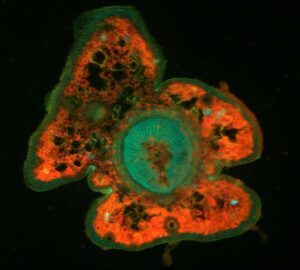
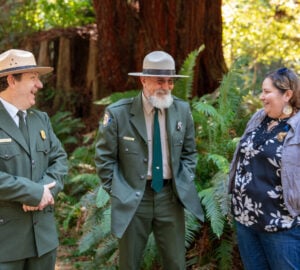
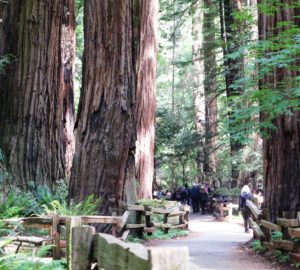
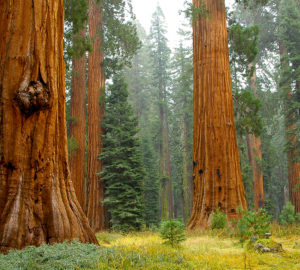
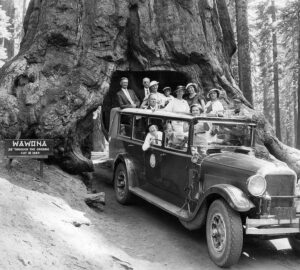
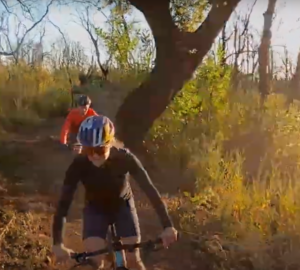
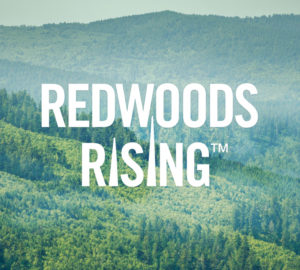
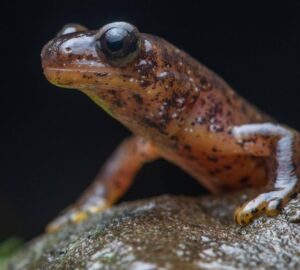
2 Responses to “A hike with Disabled Hikers was an eye-opening experience”
Christine Meleg
I have a hidden disability, while I do use hiking poles I am not have a mobility impairment. I am from the Deaf and Hard of Hearing community. That may not sound (ironic wording No?) as though I am impaired to hike, but I must consider that I am more prone to falling, I can no longer hear my footsteps on any ground or flooring. Knowing the terrain’s ground situation beforehand helps tremendously! Fore warned is fore armed! Hope to see you on the trails soon, please wave “hello” and smile! I will be the prepared hiker watching birds , sitting on a bench! Happy hiking, a joy for us all!
Karen J Sjogren
Benches are for everyone, not just the disabled, no more than a mile apart. Gives the hiker a chance to sit and take in the ambience without worrying about falling. Also to rest for a few minutes before continuing. At the age of 73, I use hiking poles and plan my route around bench locations.